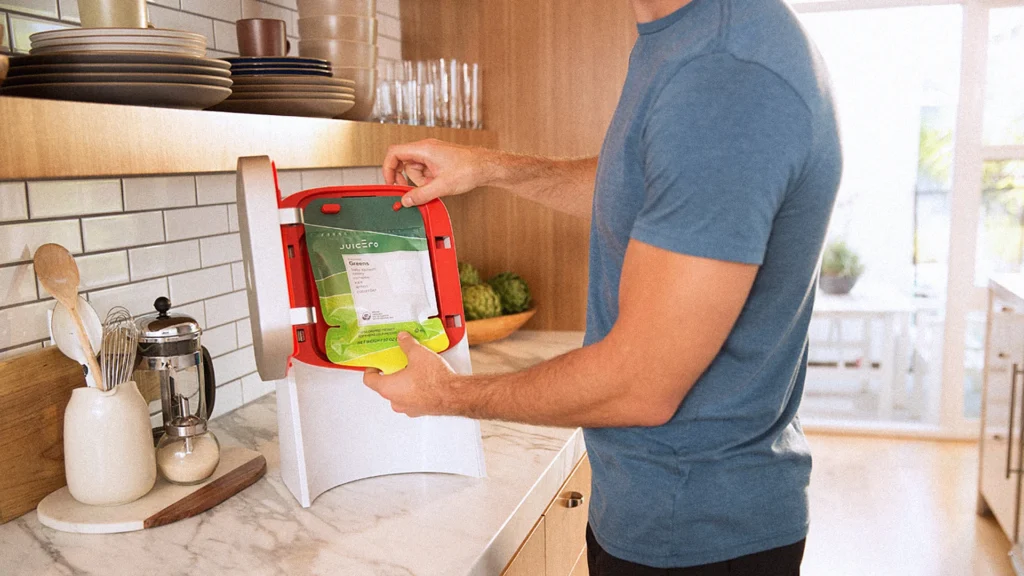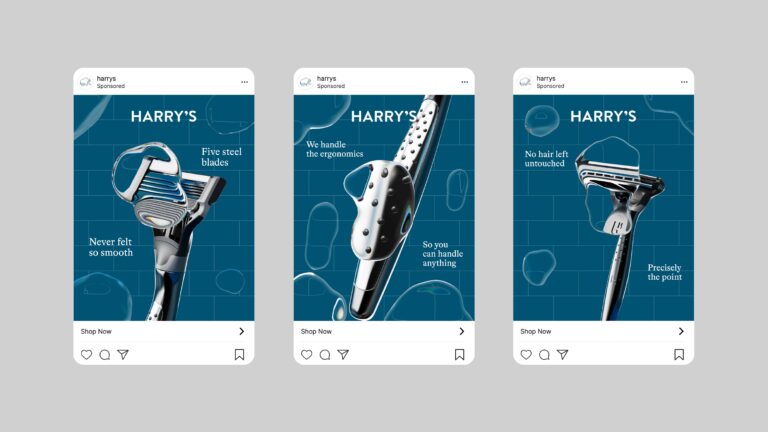
The Marketing Missteps
1. Misunderstanding the Audience
Juicero targeted affluent, health-conscious individuals—but assumed they wanted ultra-tech solutions to simple problems. The key question the brand failed to answer: What problem does this solve better than existing options?
2. Overcomplicating Simplicity
The juice market thrives on convenience. But Juicero added friction:
- Required Wi-Fi to operate
- Refused to work without QR-scanned pouches
- Created a locked ecosystem (you couldn’t use your own fruits or veggies)
This made the brand feel exclusive in the worst way.
3. Bad Press Management
When the Bloomberg video dropped, Juicero’s response was tone-deaf. Instead of acknowledging the optics, they leaned into the tech—boasting about machine precision.
Consumers weren’t buying it. Trust eroded fast.
Data Points That Say It All
- Peak Valuation: $270 million
- Average Revenue (estimated): Less than $1 million in 2017
- Social Mentions: Juicero was mentioned in over 25,000 tweets in April 2017—mostly negative
- Device Returns: Juicero offered full refunds—many accepted
Continue reading…
(Next: What students can learn from this Juicero case study and how to present it in class.)


